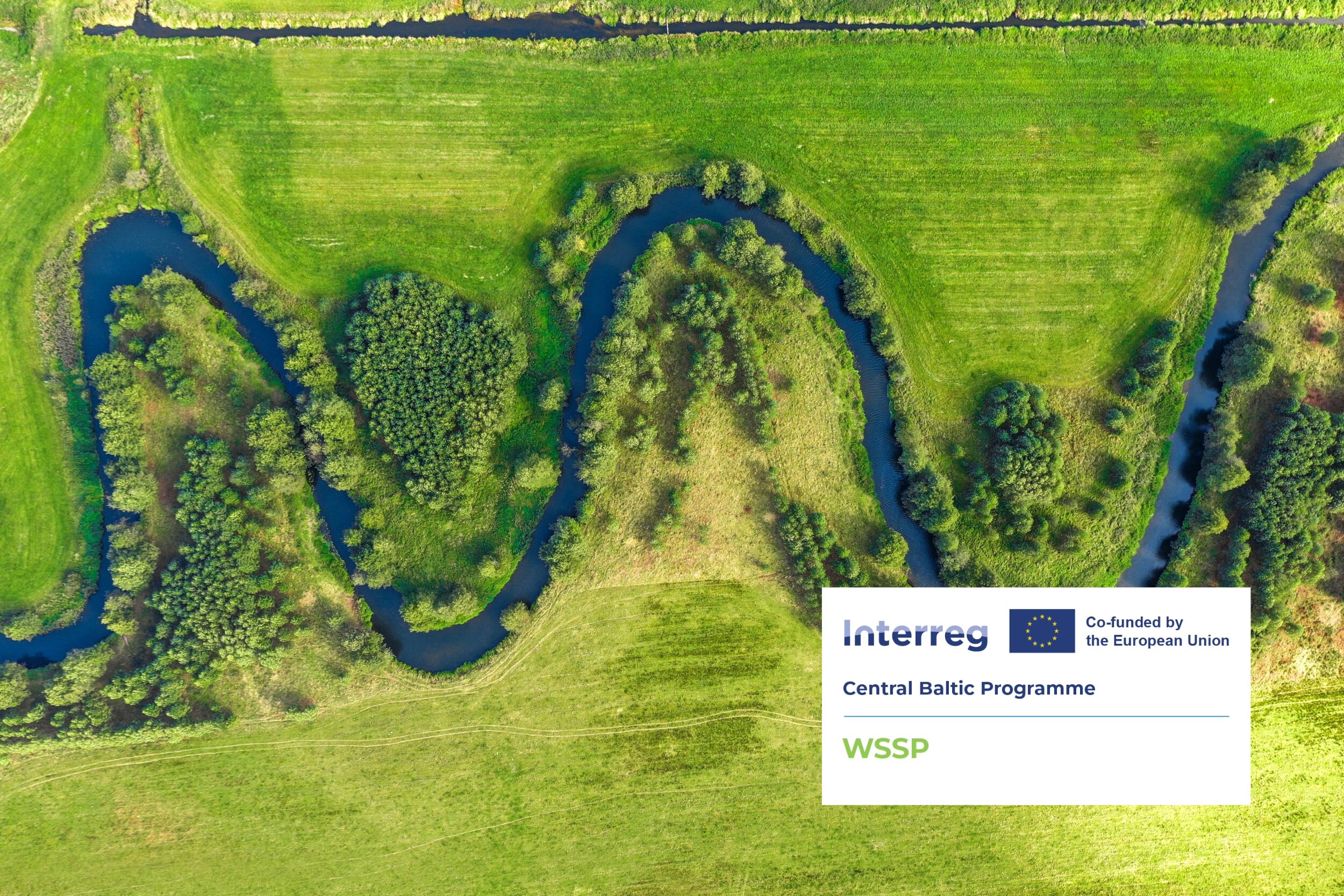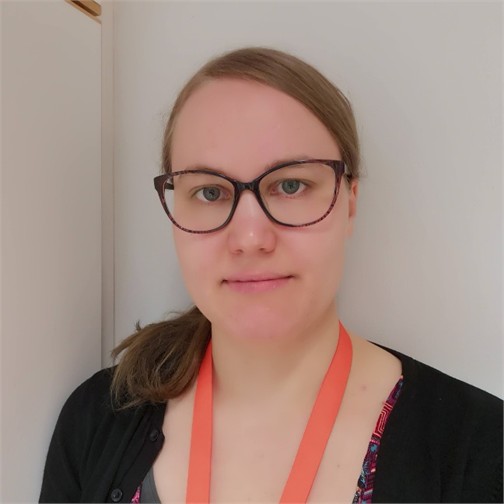Watershed safety plan developed at HAMK as a solution for improving the Baltic Sea – Piloting starts in Finland, Sweden, Estonia, and Latvia

The Baltic Sea is one of the world’s most sensitive and polluted seas. Half of the nutrient load in the Baltic Sea comes from challenging-to-trace diffuse pollution, which accumulates from urban areas, agriculture, and forestry. Häme University of Applied Sciences (HAMK) coordinates an applied research project aimed at finding practical and resource-efficient solutions to reduce diffuse pollution reaching the Baltic Sea. HAMK’s previously developed watershed-based operational model is now being extended and tested not only in Finland but also in Sweden, Estonia, and Latvia.
The WaterShed Safety Plan (WSSP) helps municipalities, water utilities, and related stakeholders control diffuse pollution cost-effectively. Diffuse pollution can include nutrients, hazardous substances, and pathogens that may end up in the Baltic Sea. The WSSP was developed in the HULVATTU project coordinated by HAMK and has been tested in Southern Finland in Hämeenlinna, Forssa, and Pirkkala. Now, the solution is set to be applied in the central Baltic Sea region through the WaterShed Safety Plan for controlling diffuse pollution (WSSP) project led by HAMK.
Solution for water management in the central Baltic Sea region
The WSSP is being applied in various areas in Finland (Kirkkonummi and Kanta-Häme), Sweden (Utö island and Norrköping), Estonia (Valga), and Latvia (Liepaja). The goal is to create a universally applicable watershed-based water management model that improves water quality and residents’ well-being in the central Baltic Sea region. Such a shared, applicable model has not been previously utilized in municipalities and water utilities within this region.
“WSSP allows municipalities and water utilities responsible for stormwater management to identify areas with the highest diffuse pollution risk and allocate water management resources sensibly, maximizing the benefits of water protection,” summarizes Josefiina Ruponen, the project manager from HAMK Bio Research Unit.
The WSSP project involves partners from Finland (including HAMK, the University of Helsinki, and The Association for Water and Environment of Western Uusimaa), Sweden (Royal Institute of Technology and County Administrative Board of Östergötland), Estonia (Estonian University of Life Sciences and AS Valga Vesi), and Latvia (Riga Technical University and Liepaja Water).
The project started in May 2024 and will conclude in 2027. The total budget for the project is €2.6 million, with HAMK’s share being approximately €452,000. The project is funded by the desired European Union Interreg Central Baltic program.
The WSSP project is HAMK’s second Interreg-funded project this year. The “Cutting food loss and waste in Europe” (CIBUS) project, which began in April, aims to increase regions’ capacity to develop innovative regional policies in order to reduce food loss and waste. The project takes place in Belgium, Bulgaria, Ireland, Cyprus, Portugal, Romania, and Finland, with HAMK and Regional Council of Häme participating from Finland.
WSSP and CIBUS projects are part of HAMK’s Smart Bio – Smart solutions in biotechnology research ecosystem.
More information
